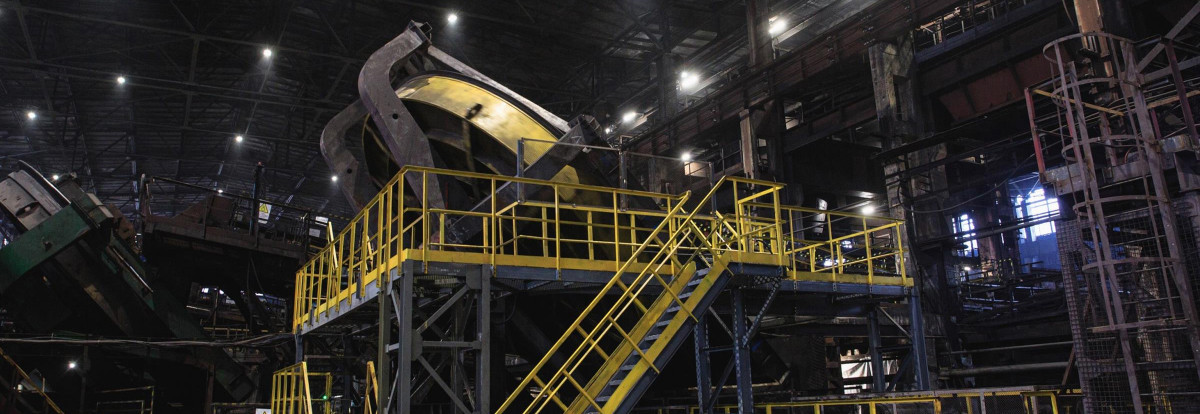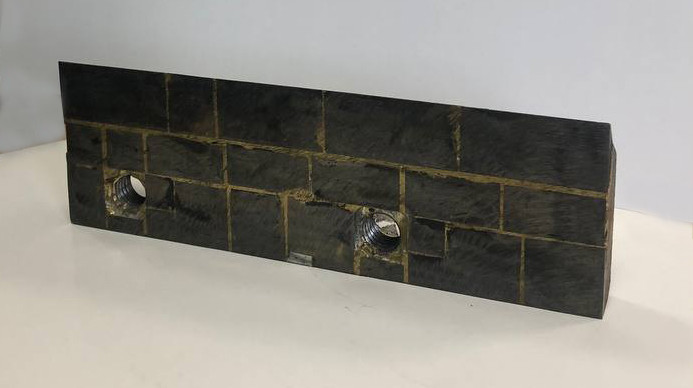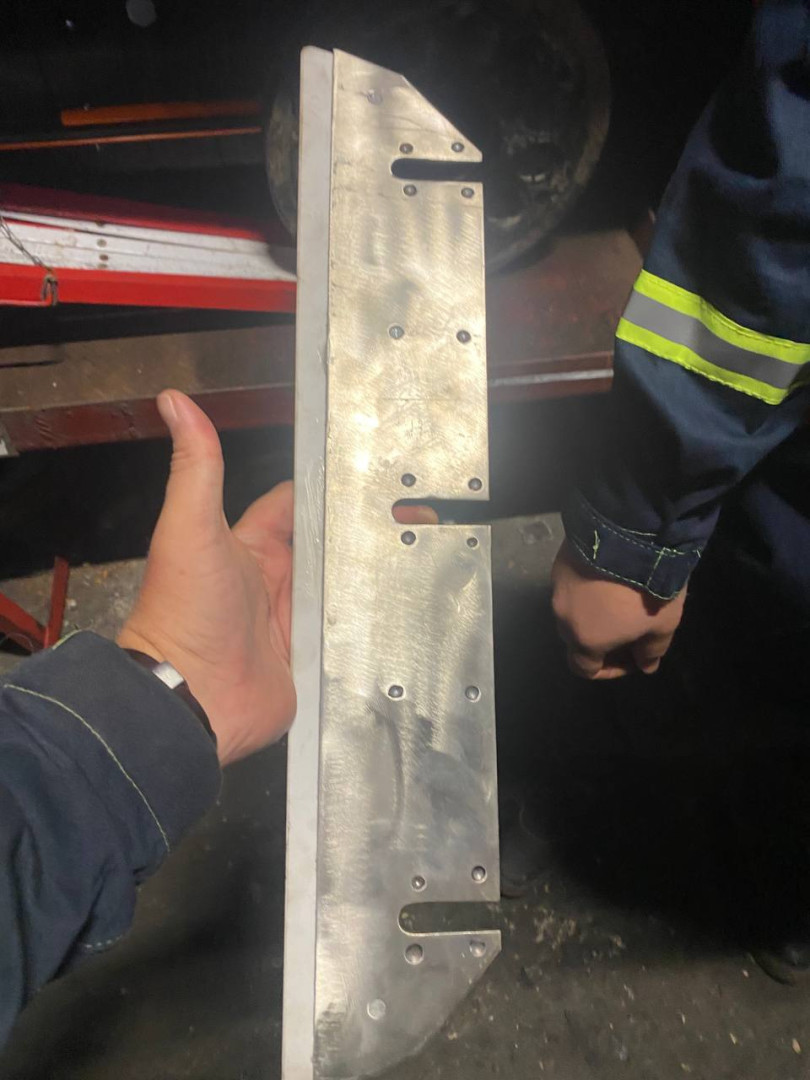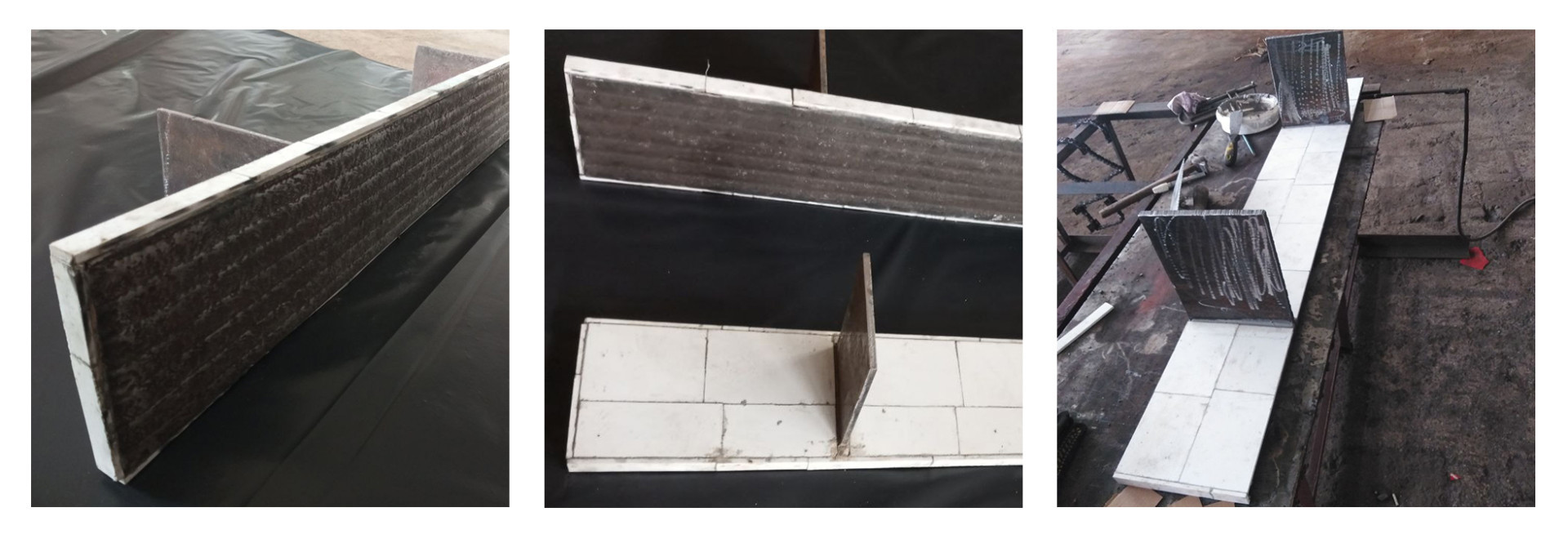Lining of bottom knives of the pelletizer
Cup Pelletizer is widely used in ore beneficiation, especially in the production of iron ore pellets. It consists of a conical or bowl-shaped vessel that rotates on an inclined axis, facilitating the formation of raw pellets. Fine-crushed ore mix is fed into the bowl, where the pelletizing process occurs.

At the bottom of such a bowl are installed blades with Relit overlay, which play an essential role in pellet formation. The process of evenly distributing the material at the bottom of the bowl creates optimal conditions for pellet formation, preventing the formation of large lumps.
Relit (tungsten carbide) is a wear-resistant, chemically stable, and impact-resistant material that prevents the adhesion of wet material at the bottom of the bowl. This ensures a continuous pelletizing process and eliminates possible blockages or issues with material transport through the pelletizer.

High requirements are imposed on bottom blades to ensure optimal distribution and crushing of the material. Bottom blades with Relit overlays improve the beneficiation process efficiency, which is crucial for obtaining higher quality iron ore pellets and increasing equipment productivity.

It is essential to note that pelletizer bottom blades are subject to intense wear. Bottom blade wear can be caused by various factors, such as the abrasiveness of the processed material, equipment usage intensity, aggressive chemical properties of the ore, and the structural features of the equipment. Bottom blade wear can reduce pelletizing efficiency, requiring regular replacement or maintenance.
In conditions of material shortages for Relit overlays, as part of the import substitution and production process optimization program, the company Weartech developed and successfully implemented zirconium oxide bottom blades for the pelletizer. The practice of using zirconium oxide bottom blades for the pelletizer has shown that this material significantly increases the service life of the assembly, reduces repair and downtime costs, thereby enhancing overall production efficiency.
